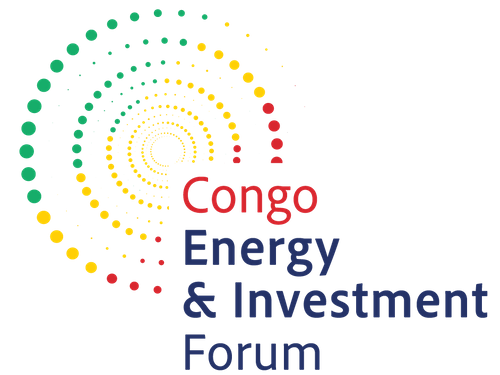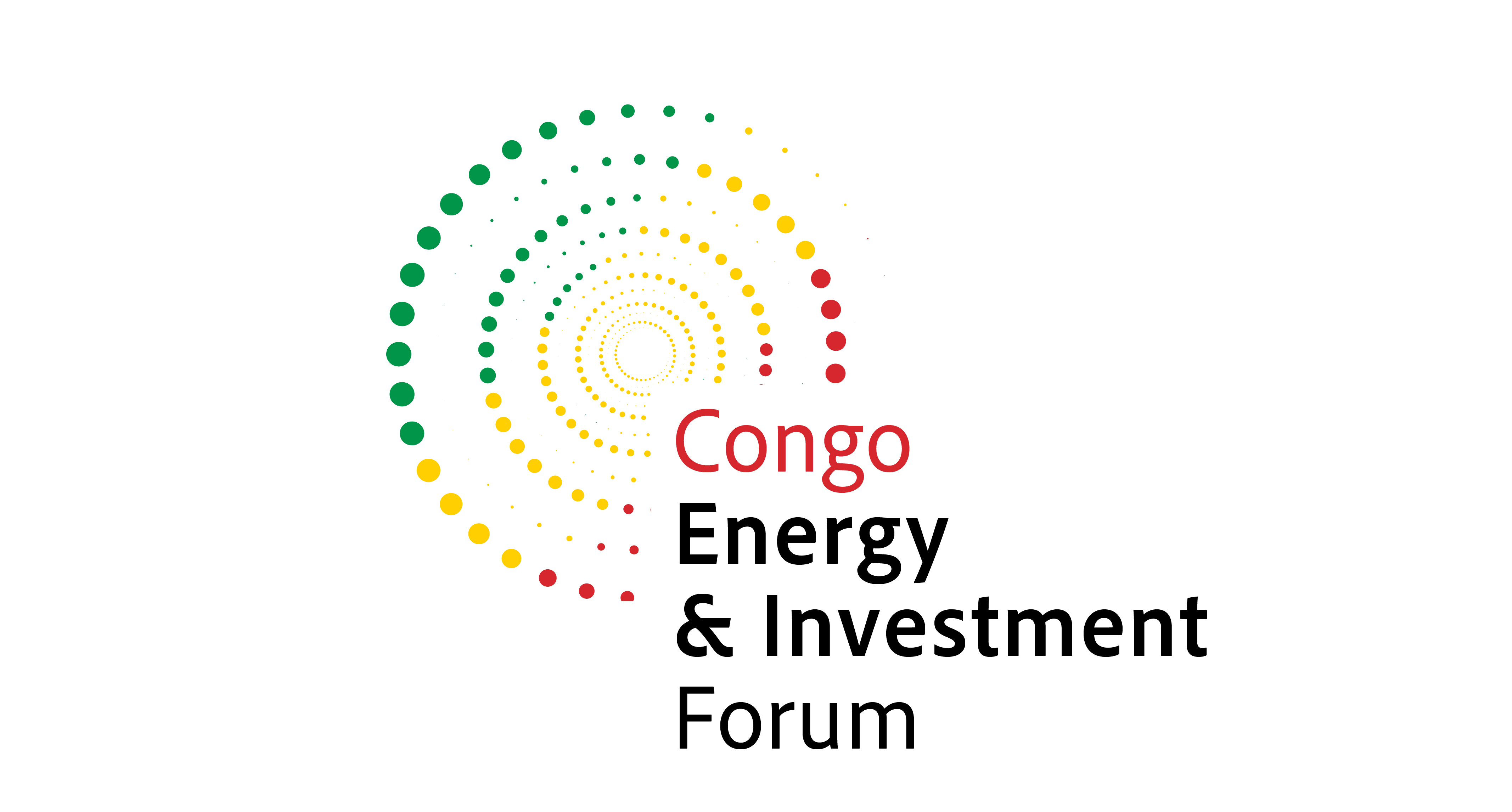Zanaga Iron Ore to Boost Congo’s Mining Sector Development
)
The Zanaga Iron Ore Project – a deposit in the Republic of Congo developed by MPD Congo is since March 3rd 2025 a 100% subsidiary of Zanaga Iron Ore Company (ZIOC) which has raised a $21.5-million equity to buy the Glencore shares ($15-million). The remaining ($6.1-million) will be aimed at propelling the project towards construction. Energy Capital & Power recently interviewed Florent Lager, Deputy Administrator of MPD Congo and President of the Mining Federation of Congo, to discuss the latest developments in the country's mining sector.
Can you provide an overview of Congo’s mining sector and its key challenges?
Congo’s mining sector, revitalized in 2005 with an attractive new mining code, faces major infrastructure and energy challenges. With 600 MW of installed power, the country needs to double its capacity to support key mining projects. Iron ore projects like Zanaga and Mayoko are progressing, but permit disputes (ICC arbitration) and outdated infrastructure, such as railways, complicate development as well as the lack of a mineral port. MPD plans to build a pipeline from the mine site in the Lekoumou department to a new mining port north of Pointe-Noire to address these logistical issues. Other projects include phosphate (COMINCO) and potash mining in Kouilou, with Lulian des Mines set to begin production in 2025-2026, and Kore Potash signed in November 2024 a protocol with Power China. The only industrial mine in production is SOREMI which started its production in 2017 and since then produces around 10.000 tons of copper cathode per year.
What are the environmental and infrastructure concerns in the mining sector, and how is the government addressing them?
Environmental concerns, especially regarding artisanal mining and overlapping permits in national parks or certified wood concessions, are significant. While industrial projects adhere to environmental regulations, artisanal operations often lack proper impact management. Infrastructure, particularly railways, ports, roads and energy, is a bottleneck. Congo needs to invest in a mining port, reliable rail and road networks and additional energy supply to support the sector's growth and ensure long-term sustainability. For 15 years, we've worked to improve the business climate, focusing on public-private dialogue through Unicongo and fostering transparency. We've focused on creating efficient systems for delivery of permits, tackling complex administrative hurdles and stabilizing the framework of investments through the mine operating agreement. The “new” CEMAC exchange control regulations stresses investors and creates a lot of issues for every operator. FedMines and UMIGA (Gabon Mining Union) worked with the oil companies in a transversal way to try to mitigate the very negative impacts of this regulation for the extractive sectors.
Can you explain the energy needs of the mining sector in Congo, and how the agreements with the Ministry of Energy and CEC contribute to addressing these needs?
The mining sector in Congo, especially projects like MPD, requires significant energy for its operations. MPD’s Phase 2 alone will need 300 MW, while Phase 1 requires between around 130 MW (103 MW for the mine, 14 MW for the pumping station and 13 MW for the port site). MPD and ZIOC have signed an agreement with the CEC (Centrale Électrique du Congo) in February 2025 as CEC plans to build a new 150 MW gas turbine. The agreement, while not a firm commitment, represents a step towards securing energy supplies for the mining sector and working on high-voltage transmission lines from existing gas plants.
What are the challenges and opportunities regarding hydroelectric power in Congo, and what progress has been made on key projects like Sounda and Mourala ?
Hydroelectric power is a key focus for energy generation in Congo, with major projects like Sounda and Mourala under discussion. Sounda, despite being a long-standing project, faces challenges like complex environmental studies and lengthy development times. Similarly, Mourala, located near Mossendjo, shows potential in the studies realized by Tractebell but requires more attention and investment to be built. MPD Congo also studied with CMEC a site called Mpoukou close to Komono on the Louéssé river. While the government has signed agreements with companies to advance hydro projects, there is a need for clearer commitments and more action, as hydroelectric plants require several years to develop and huge investment.
What role does gas play in Congo’s energy strategy, and what are the challenges in developing the necessary infrastructure?
Gas plays a significant role in Congo's energy strategy, particularly in power generation. While there is gas availability, the legal framework, infrastructure and market for gas need further development. Projects like the Kameni gas initiative have not yet realized their full potential due to insufficient infrastructure. Developing a pipeline for gas transport is essential but requires careful planning, investment and collaboration with international stakeholders to ensure its feasibility and safety. Additionally, gas extraction and distribution need to be integrated into broader national and industrial plans, especially in the mining sector. Mining, oil, and forestry are real industrial sectors which request strong support and open dialogue from all parties (state, international donors and private companies) to maximize the benefit for the country, the populations and the investors.


